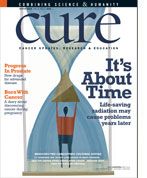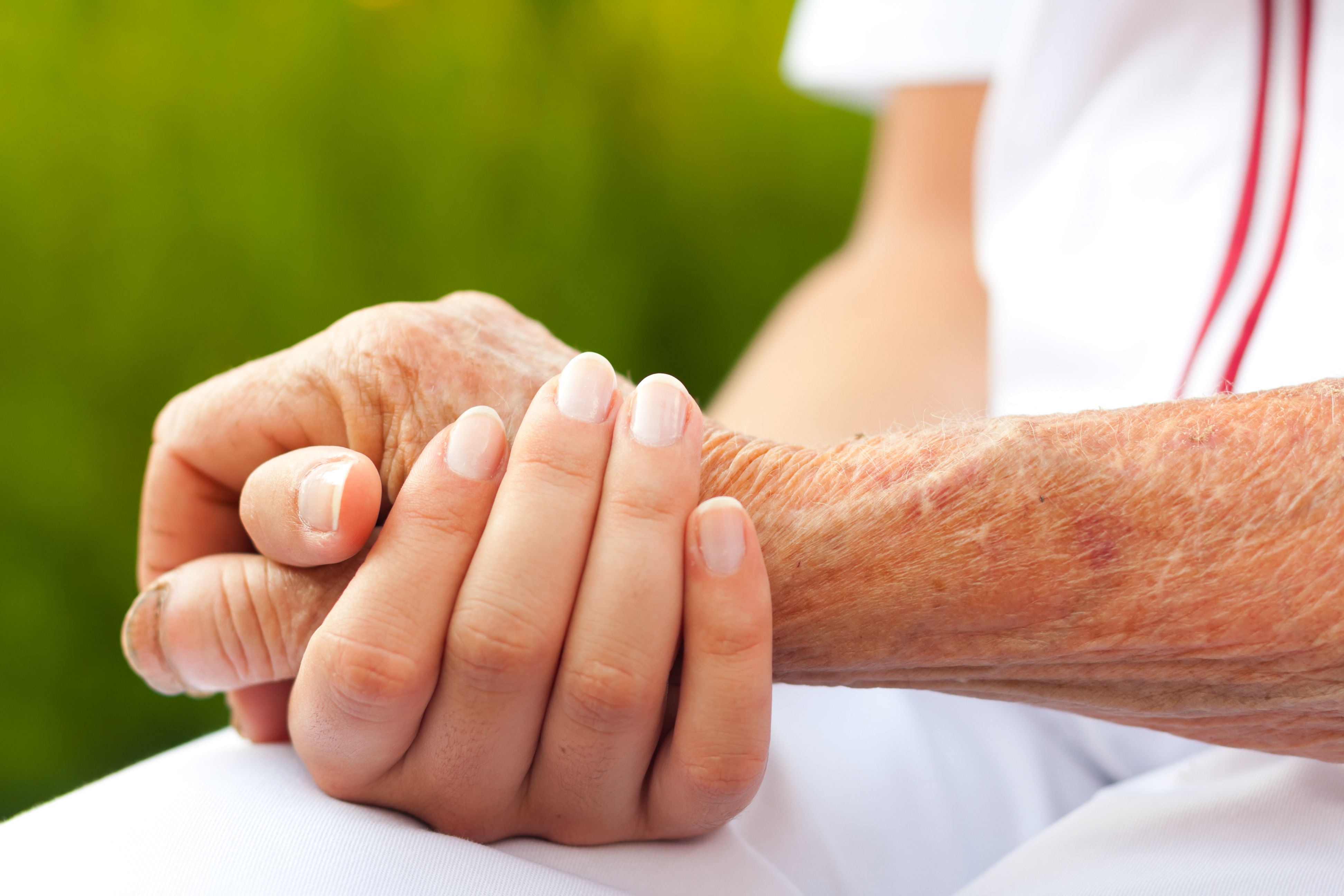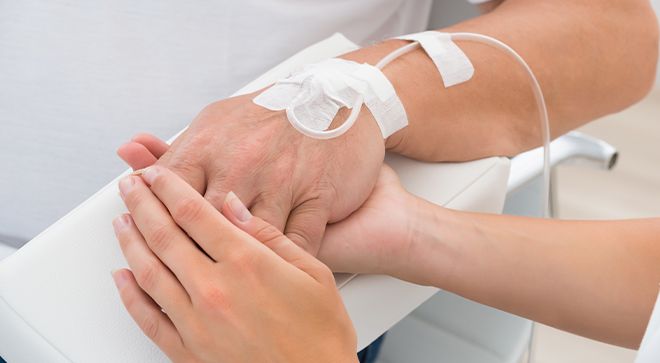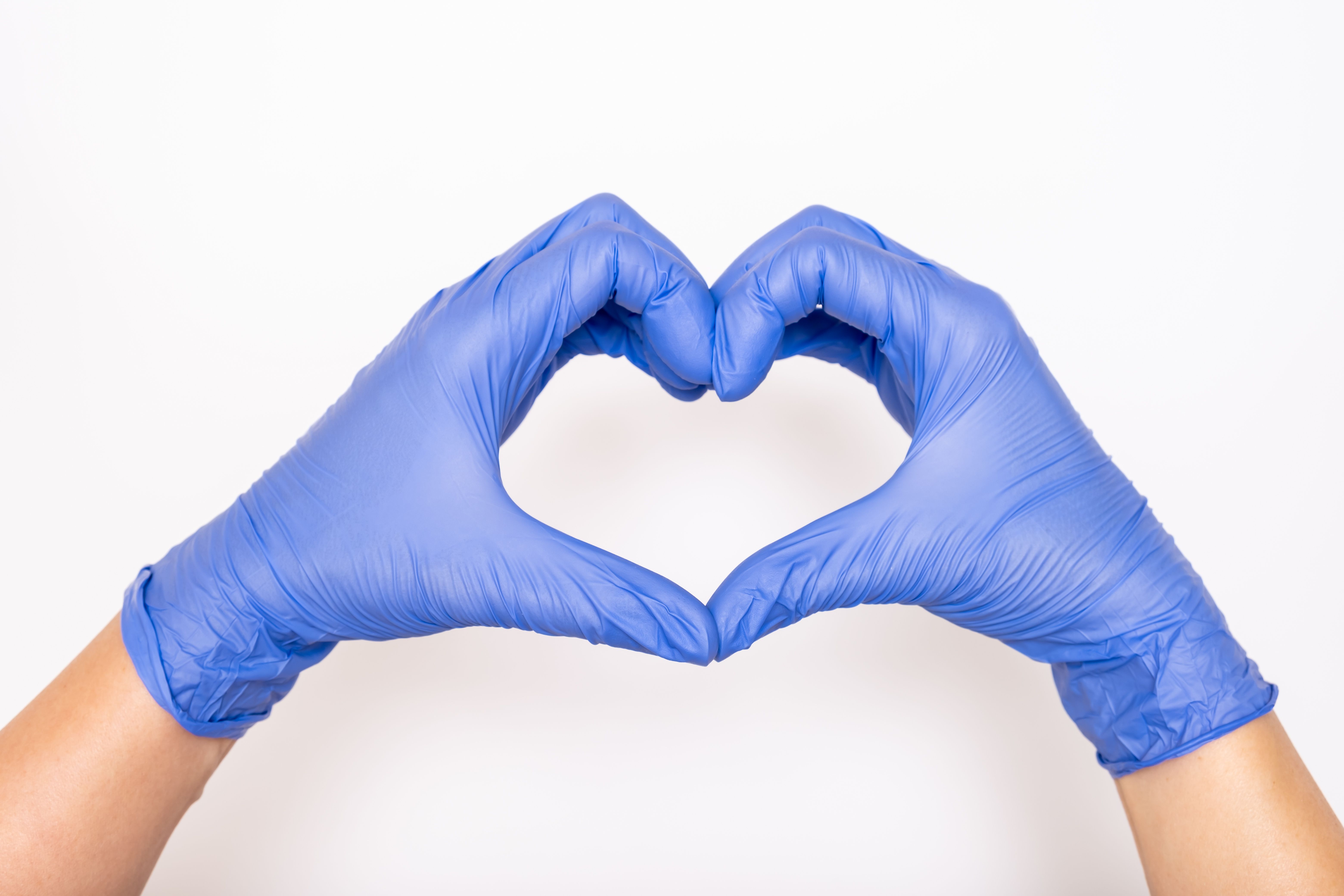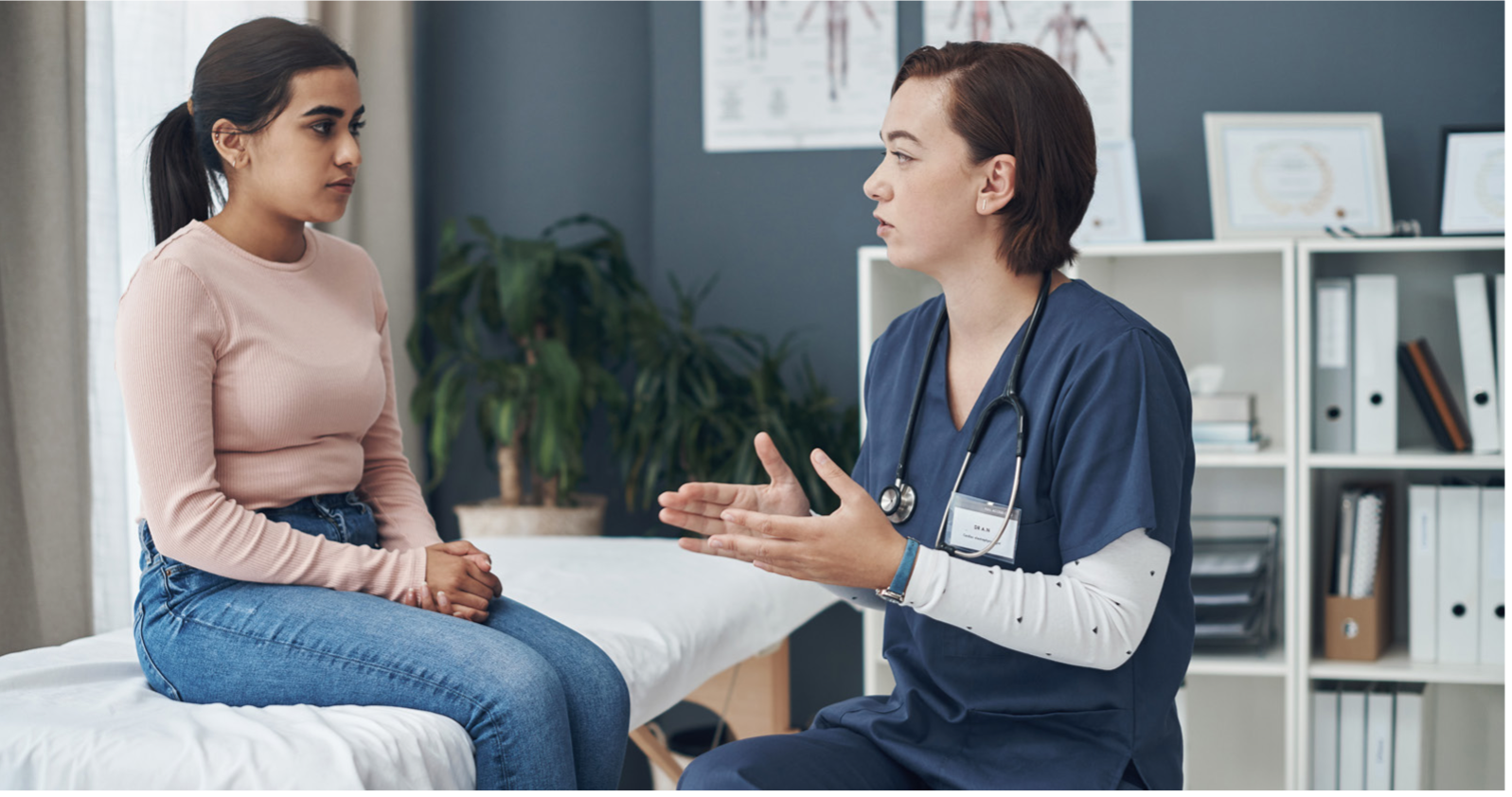Publication
Article
Half Empty, Half Full
Author(s):
A drink a day won’t necessarily keep the oncologist away.
While some may toast research that touts alcohol’s benefits for heart health, cancer patients and survivors need to take heed in regularly raising a glass. Despite alcohol’s potential health benefits for cardiovascular disease, research is emerging for alcohol consumption and cancer risk.
Although links between alcohol use and the risk of breast cancer have been implied for some time, a recent observational study published in the Journal of Clinical Oncology looked at outcomes after a breast cancer diagnosis and found an increased risk of breast cancer recurrence for survivors who consume three or more drinks per week. Compared to non-drinkers, these drinkers had a 35 percent increased risk of recurrence.
Interestingly, there was no difference in the overall death rate, with a trend toward fewer non-breast cancer-related deaths balanced by more breast cancer-related deaths with alcohol consumption, but neither were statistically significant.
The study found a more pronounced effect among postmenopausal and overweight or obese women who consume three or more alcoholic drinks a week, with a 51 percent increased risk of recurrence for postmenopausal women and a 60 percent increased risk of recurrence for overweight or obese women.
The mechanisms by which alcohol may trigger breast cancer are being examined. Marilyn Kwan, PhD, lead investigator on the study and research scientist at Kaiser Permanente, says, “Alcohol has been shown to increase estrogen metabolism and circulating estrogen levels in women. In general, too much estrogen production can lead to breast cell proliferation and possible carcinogenic events in the breast tissue.”
Epidemiologist and registered dietitian Suzanne Dixon says studies have shown that heavy drinking can also increase the risk of certain cancers, such as liver, oral, esophageal, laryngeal and pharyngeal cancers.
“Other factors, such as smoking, play a role in how alcohol increases risk of esophageal, oral and other head and neck cancers,” says Dixon. “Light drinking alone—a drink per day or less for women, two drinks per day or less for men—does not markedly increase risk of these cancers. But drinking at any level in combination with smoking greatly increases the risk of these cancers.”
The most important advice I can give breast cancer patients is to talk with their clinician about any lifestyle changes they are considering after being diagnosed with breast cancer.
In liver cancer, alcohol consumption is a primary risk factor. According to the American Cancer Society, death from liver cancer is higher among heavy alcohol users than those who do not drink, as alcohol affects the liver’s capacity to process certain carcinogens.
Kwan and Dixon agree that breast cancer patients need to talk to their doctors if they decide to consume alcohol. “The most important advice I can give breast cancer patients is to talk with their clinician about any lifestyle changes they are considering after being diagnosed with breast cancer,” Kwan says. “She can then fully evaluate the risks and benefits of consuming alcohol and at what amounts.”
In general, cancer risk seems to increase after one drink a day for women and two drinks a day for men, with a drink being defined as 12 ounces for beer, 4 ounces for wine or 1.5 ounces of liquor. Dixon warns that these definitions are easily exceeded in large, goblet-style wine glasses and tall, mixed drinks.
And while drinking may have cardiovascular benefits, there are other ways to reduce heart disease that don’t involve alcohol, such as exercising regularly, not smoking and maintaining a diet low in saturated fats.
“I think it’s also important to put the alcohol—cancer risk into context.” Dixon concludes. “Lots of things increase cancer risk—not exercising, for one. Eating a lot of heavily cooked meat may also increase the risk of some cancers. Does this mean people will instantly stop eating meat and grilling? Probably not. It just means that we have to balance the things that increase cancer risk with those that decrease risk.”
